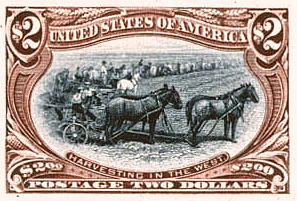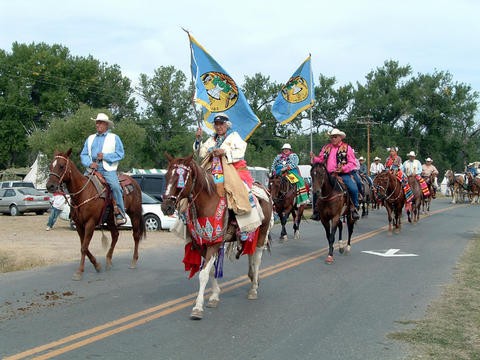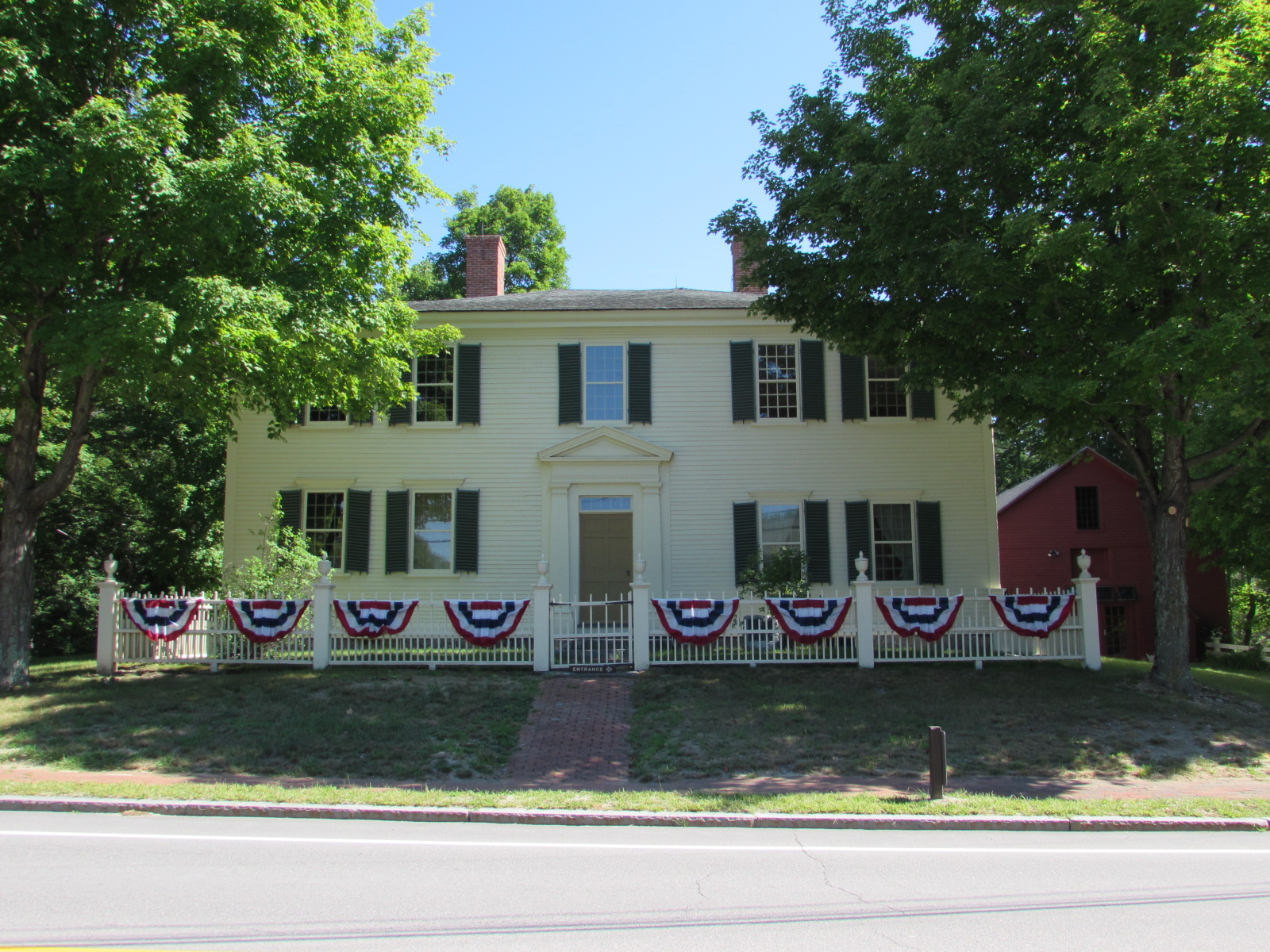|
Mountain Chief
Mountain Chief (''Ninna-stako'' in the Blackfoot language; – 1942) was a South Piegan warrior of the Blackfoot Tribe. Mountain Chief was also called Big Brave (Omach-katsi) and adopted the name Frank Mountain Chief. Mountain Chief was involved in the 1870 Marias Massacre, signed the Treaty of Fort Laramie in 1868, and worked with anthropologist Frances Densmore to interpret folksong recordings. Early life Mountain Chief (Blackfoot/South Piegan) was born around 1848 at Oldman River in Alberta, Canada (then British North America). Mountain Chief was the son of Mountain Chief and Charging Across Quartering. Mountain Chief's father, also known as Butte Bull and Bear Cutting, was a South Piegan chief and the son of Kicking Woman and Chief Killer. Mountain Chief was the hereditary chief of the Fast Buffalo Horse band. Mountain Chief was a Piegan (South Piegan) and part of the Blackfeet Nation (Amskapi Pikuni), one of four tribal groups composing the Blackfoot Confederacy. Mounta ... [...More Info...] [...Related Items...] OR: [Wikipedia] [Google] [Baidu] |
Indian Congress
The Indian Congress occurred from August 4 to October 31, 1898 in Omaha, Nebraska, in conjunction with the Trans-Mississippi International Exposition. Occurring within a decade of the end of the Indian Wars, the Indian Congress was the largest gathering of American Indian tribes of its kind to that date. Over 500 members of 35 different tribes attended, including the Apache medicine man Geronimo, who was being held at Fort Sill as a United States prisoner of war."Indian Congress" , Omaha Public Library. Retrieved 8/20/07. Frank A. Rinehart's photographs of the Indian Congress participants are regarded as one of the best photographic documentations of American Indian leaders around the start of the 20th century. [...More Info...] [...Related Items...] OR: [Wikipedia] [Google] [Baidu] |
Glacier National Park (U , in Patagonia, Argentina
{{disambig ...
Glacier National Park may refer to: *Glacier National Park (Canada), in British Columbia, Canada *Glacier National Park (U.S.), in Montana, USA See also *Glacier Bay National Park, in Alaska, USA *Los Glaciares National Park Los Glaciares National Park ( es, Parque Nacional Los Glaciares) is a federal protected area in Santa Cruz Province, Argentina. The park covers an area of , making it the largest national park in the country. Established on 11 May 1937, it host ... [...More Info...] [...Related Items...] OR: [Wikipedia] [Google] [Baidu] |
Trans-Mississippi Exposition
The Trans-Mississippi and International Exposition was a world's fair held in Omaha, Nebraska from June 1 to November 1 of 1898. Its goal was to showcase the development of the entire West, stretching from the Mississippi River to the Pacific Coast. The Indian Congress was held concurrently. Over 2.6 million people came to Omaha to view the 4,062 exhibits during the five months of the Exposition. President William McKinley and William Jennings Bryan were among the dignitaries who attended at the invitation of Gurdon Wattles, the event's leader. 100,000 people assembled on the plaza to hear them speak. The Expo stretched over a tract in North Omaha and featured a -long lagoon encircled by 21 classical buildings that featured fine and modern products from around the world. One reporter wrote, "Perhaps the candid Nebraskan would tell you in a moment of frank contriteness that the prime object of this exposition was to boom Omaha." Timeline The decision to hold [an] Exposition w ... [...More Info...] [...Related Items...] OR: [Wikipedia] [Google] [Baidu] |
Kutenai
The Kutenai ( ), also known as the Ktunaxa ( ; ), Ksanka ( ), Kootenay (in Canada) and Kootenai (in the United States), are an indigenous people of Canada and the United States. Kutenai bands live in southeastern British Columbia, northern Idaho, and western Montana. The Kutenai language is a language isolate, thus unrelated to the languages of neighboring peoples or any other known language. Four bands form the Ktunaxa Nation in British Columbia. The Ktunaxa Nation was historically closely associated with the Shuswap Indian Band through tribal association and intermarriage. Two federally recognized tribes represent Kutenai people in the U.S.: the Kootenai Tribe of Idaho and the Confederated Salish and Kootenai Tribes in Montana, a confederation also including Bitterroot Salish and Pend d'Oreilles bands. Kootenay Around 40 variants of the name ''Kutenai'' have been attested since 1820; two others are also in current use. ''Kootenay'' is the common spelling in British Colum ... [...More Info...] [...Related Items...] OR: [Wikipedia] [Google] [Baidu] |
Crow People
The Crow, whose autonym is Apsáalooke (), also spelled Absaroka, are Native Americans living primarily in southern Montana. Today, the Crow people have a federally recognized tribe, the Crow Tribe of Montana, with an Indian reservation located in the south-central part of the state. Crow Indians are a Plains tribe, who speak the Crow language, part of the Missouri River Valley branch of Siouan languages. Of the 14,000 enrolled tribal members, an estimated 3,000 spoke the Crow language in 2007. During the expansion into the West, the Crow Nation was allied with the United States against its neighbors and rivals, the Sioux and Cheyenne. In historical times, the Crow lived in the Yellowstone River valley, which extends from present-day Wyoming, through Montana and into North Dakota, where it joins the Missouri River. Since the 19th century, Crow people have been concentrated on their reservation established south of Billings, Montana. Today, they live in several major, mai ... [...More Info...] [...Related Items...] OR: [Wikipedia] [Google] [Baidu] |
Franklin Pierce
Franklin Pierce (November 23, 1804October 8, 1869) was the 14th president of the United States, serving from 1853 to 1857. He was a northern Democrat who believed that the abolitionist movement was a fundamental threat to the nation's unity. He alienated anti-slavery groups by signing the Kansas–Nebraska Act and enforcing the Fugitive Slave Act. Conflict between North and South continued after Pierce's presidency, and, after Abraham Lincoln was elected president in 1860, Southern states seceded, resulting in the American Civil War. Pierce was born in New Hampshire. He served in the U.S. House of Representatives from 1833 until his election to the Senate, where he served from 1837 until his resignation in 1842. His private law practice was a success, and he was appointed New Hampshire's U.S. Attorney in 1845. He took part in the Mexican–American War as a brigadier general in the Army. Democrats saw him as a compromise candidate uniting Northern and Southern interests, ... [...More Info...] [...Related Items...] OR: [Wikipedia] [Google] [Baidu] |
Piegan Blackfoot
The Piegan (Blackfoot: ''Piikáni'') are an Algonquian-speaking people from the North American Great Plains. They were the largest of three Blackfoot-speaking groups that made up the Blackfoot Confederacy; the Siksika and Kainai were the others. The Piegan dominated much of the northern Great Plains during the nineteenth century. After their homelands were divided by the nations of Canada and the United States of America making boundaries between them, the Piegan people were forced to sign treaties with one of those two countries, settle in reservations on one side or the other of the border, and be enrolled in one of two government-like bodies sanctioned by North American nation-states. These two successor groups are the Blackfeet Nation, a federally recognized tribe in northwestern Montana, U.S., and the Piikani Nation, a recognized "band" in Alberta, Canada. Today many Piegan live with the Blackfeet Nation with tribal headquarters in Browning, Montana. There were 32,234 B ... [...More Info...] [...Related Items...] OR: [Wikipedia] [Google] [Baidu] |
James Welch (writer)
James Phillip Welch Jr. (November 18, 1940 – August 4, 2003), who grew up within the Blackfeet and A'aninin cultures of his parents, was a Native American novelist and poet,[Selden, Ron. "Acclaimed Author James Welch Dies." indiancountrytodaymedianetwork.com. ''Indian Country''. August 17, 2003. Web. May 18, 2016. considered a founding author of the Native American Renaissance. His novel ''Fools Crow'' (1986) received several national literary awards, and his debut novel ''Winter in the Blood'' (1974) was adapted as a film by the same name, released in 2013. In 1997 Welch received a Lifetime Achievement Award from the Native Writers' Circle of the Americas. Early life James Welch was born in Browning, Montana on November 18, 1940. His father, James Phillip Welch Sr. (June 3, 1914 – May 23, 2006), a welder and rancher, was a member of the Blackfeet tribe. His mother, Rosella Marie (née O'Bryan) Welch (December 14, 1914 – July 3, 2003), a stenographer for the Burea ... [...More Info...] [...Related Items...] OR: [Wikipedia] [Google] [Baidu] |
William Tecumseh Sherman
William Tecumseh Sherman ( ; February 8, 1820February 14, 1891) was an American soldier, businessman, educator, and author. He served as a general in the Union Army during the American Civil War (1861–1865), achieving recognition for his command of military strategy as well as criticism for the harshness of the scorched-earth policies that he implemented against the Confederate States. British military theorist and historian B. H. Liddell Hart declared that Sherman was "the first modern general". Born in Ohio into a politically prominent family, Sherman graduated in 1840 from the United States Military Academy at West Point. He interrupted his military career in 1853 to pursue private business ventures, without much success. In 1859, he became superintendent of the Louisiana State Seminary of Learning & Military Academy (now Louisiana State University), a position from which he resigned when Louisiana seceded from the Union. Sherman commanded a brigade of volunteers at ... [...More Info...] [...Related Items...] OR: [Wikipedia] [Google] [Baidu] |
Fort Ellis
Fort Ellis was a United States Army fort established August 27, 1867, east of present-day Bozeman, Montana. Troops from the fort participated in many major campaigns of the Indian Wars. The fort was closed on August 2, 1886. History The fort was established by the War Department to protect and support settlers moving into the Gallatin Valley of Montana. The post was named for Colonel Augustus van Horne Ellis, an American soldier killed in 1863 at the Battle of Gettysburg during the Civil War. Five troops of the 2nd US Cavalry Regiment and infantry companies from the 7th Infantry Regiment provided the fort's garrison. Nearby Fort Elizabeth Meagher, which was established in the spring of 1867 on Rocky Creek, was abandoned after Fort Ellis was built. Fort Ellis was an important post during the prominent Indian Wars of the 19th century as well as a base of operations for exploring the region now known as Yellowstone National Park. In January 1870, Major Eugene M. Baker led ele ... [...More Info...] [...Related Items...] OR: [Wikipedia] [Google] [Baidu] |
Philip Sheridan
General of the Army Philip Henry Sheridan (March 6, 1831 – August 5, 1888) was a career United States Army officer and a Union general in the American Civil War. His career was noted for his rapid rise to major general and his close association with General-in-chief Ulysses S. Grant, who transferred Sheridan from command of an infantry division in the Western Theater to lead the Cavalry Corps of the Army of the Potomac in the East. In 1864, he defeated Confederate forces under General Jubal Early in the Shenandoah Valley and his destruction of the economic infrastructure of the Valley, called "The Burning" by residents, was one of the first uses of scorched-earth tactics in the war. In 1865, his cavalry pursued Gen. Robert E. Lee and was instrumental in forcing his surrender at Appomattox Courthouse. Sheridan fought in later years in the Indian Wars of the Great Plains. Both as a soldier and private citizen, he was instrumental in the development and protection of Ye ... [...More Info...] [...Related Items...] OR: [Wikipedia] [Google] [Baidu] |
Helena, Montana
Helena (; ) is the capital city of Montana, United States, and the county seat of Lewis and Clark County. Helena was founded as a gold camp during the Montana gold rush, and established on October 30, 1864. Due to the gold rush, Helena would become a wealthy city, with approximately 50 millionaires inhabiting the area by 1888. The concentration of wealth contributed to the city's prominent, elaborate Victorian architecture. At the 2020 census Helena's population was 32,091, making it the fifth least populous state capital in the United States and the sixth most populous city in Montana. It is the principal city of the Helena Micropolitan Statistical Area, which includes all of Lewis and Clark and Jefferson counties; its population is 83,058 according to the 2020 Census. The local daily newspaper is the ''Independent Record''. The city is served by Helena Regional Airport (HLN). History The Helena area was long inhabited by various indigenous peoples. Evidence from the McH ... [...More Info...] [...Related Items...] OR: [Wikipedia] [Google] [Baidu] |









